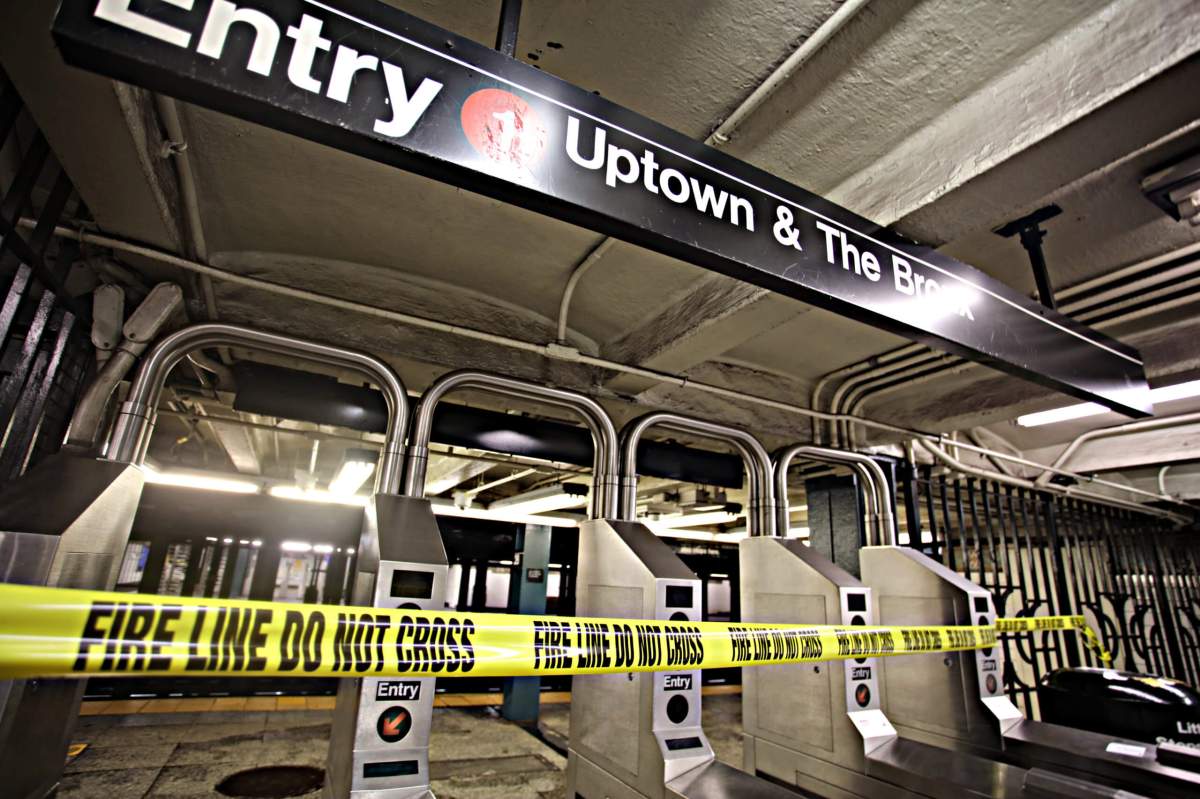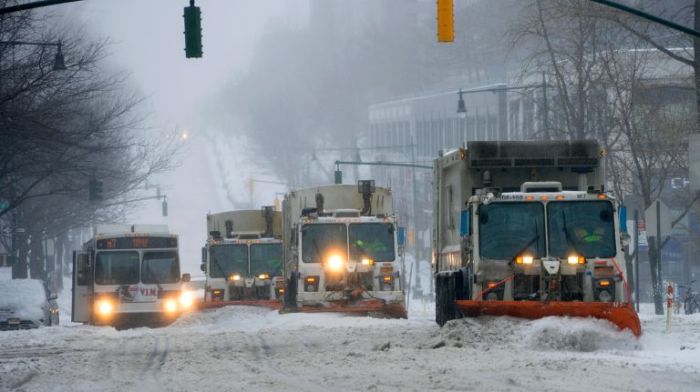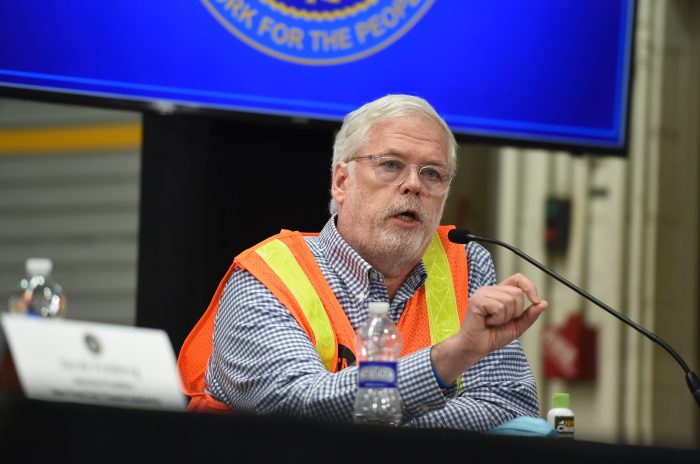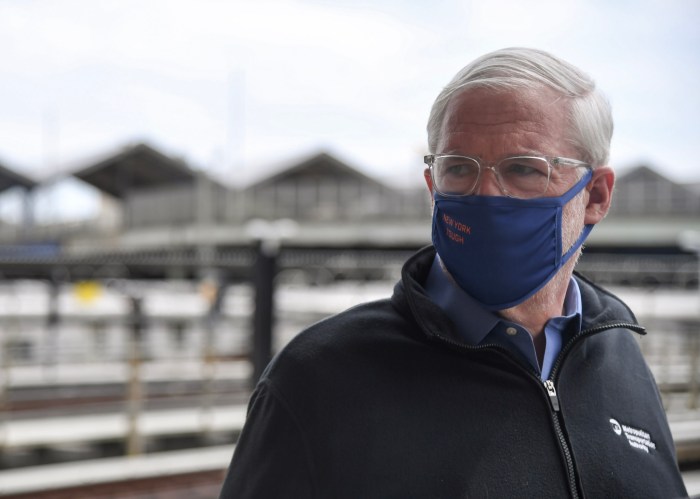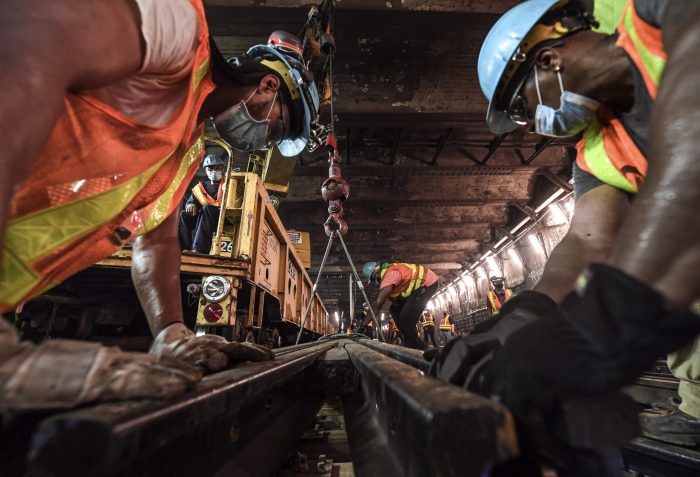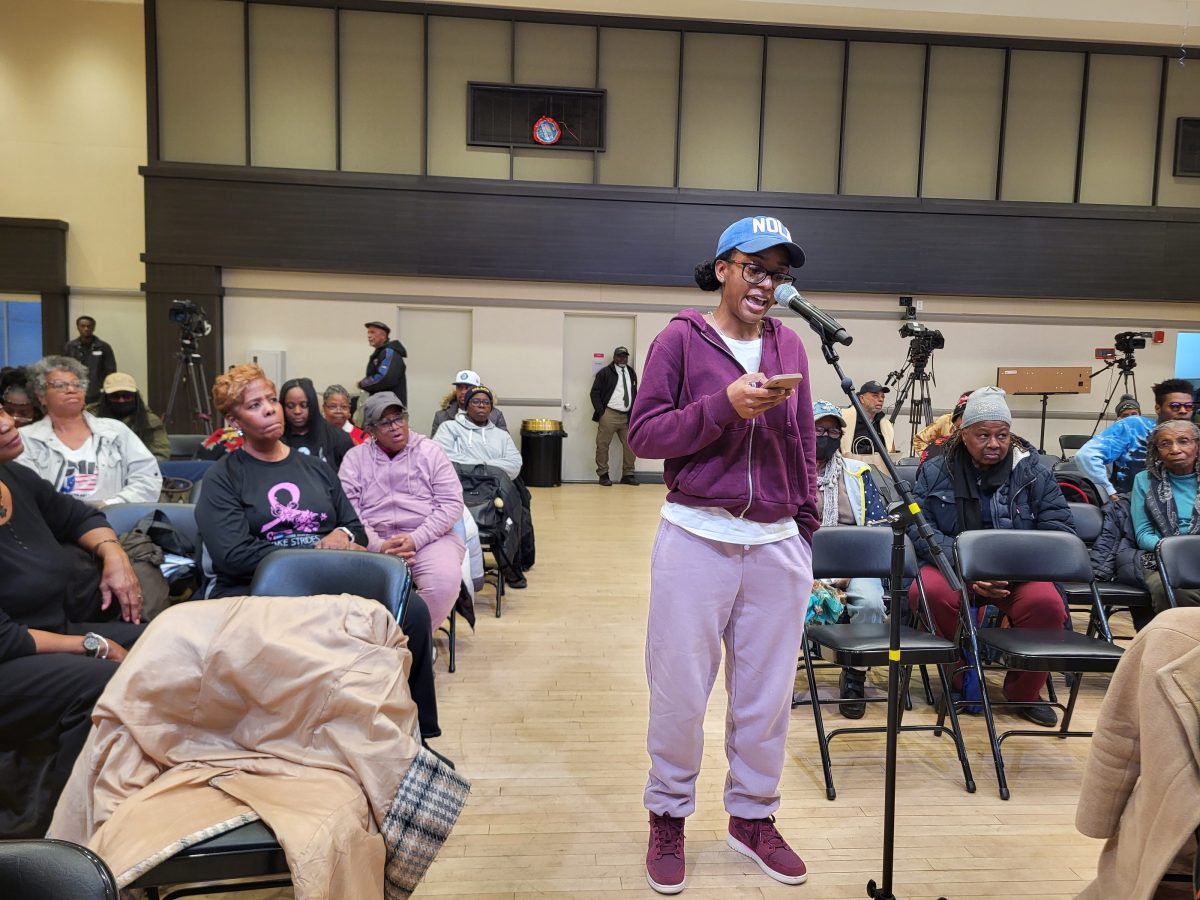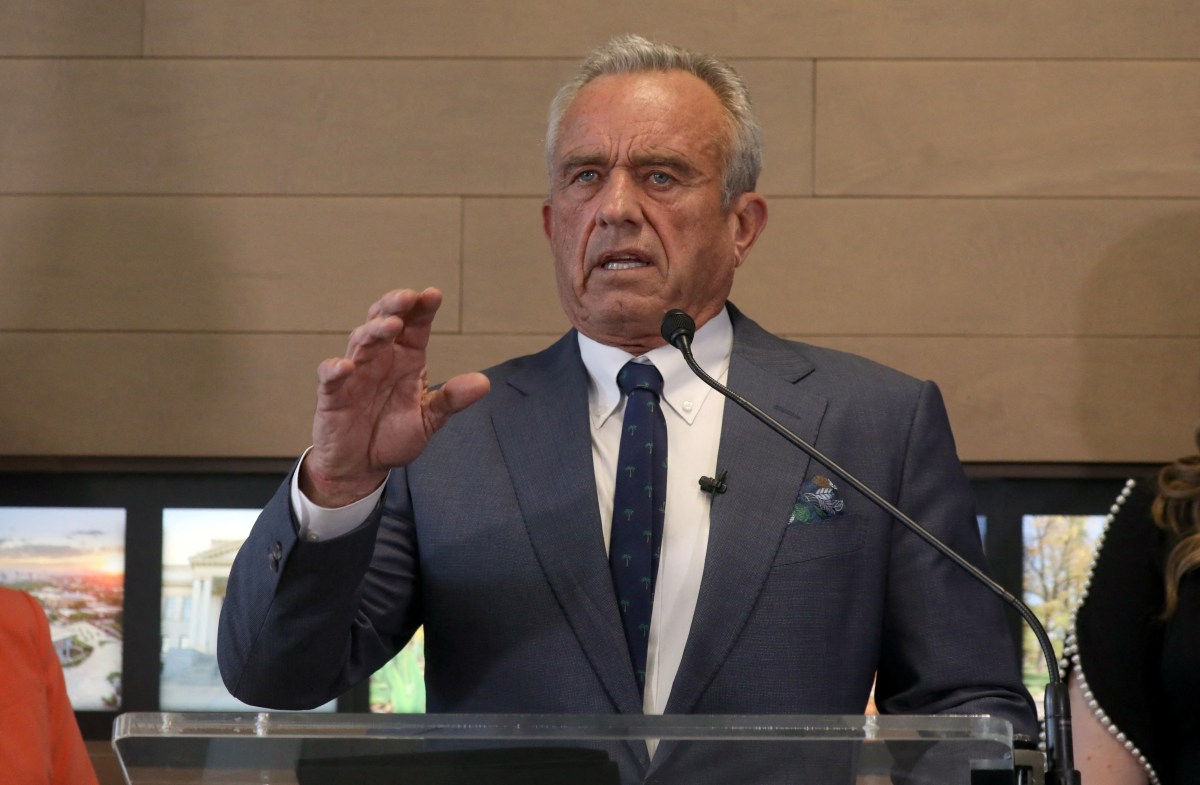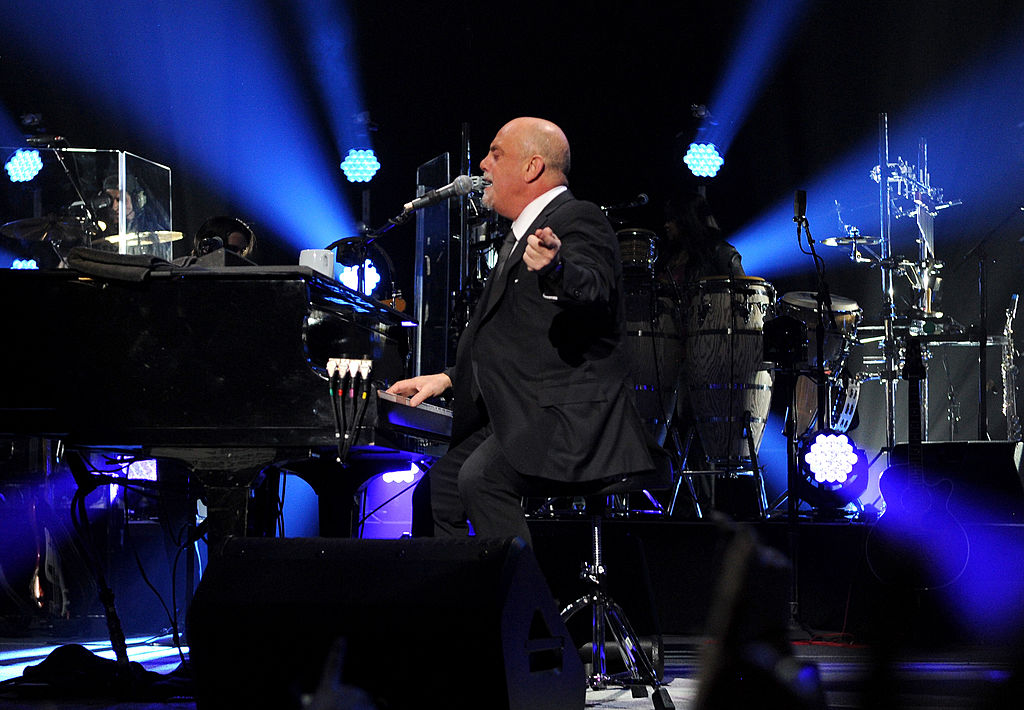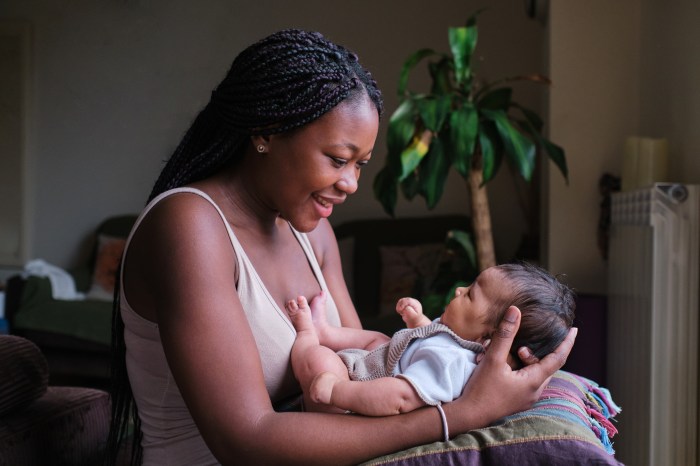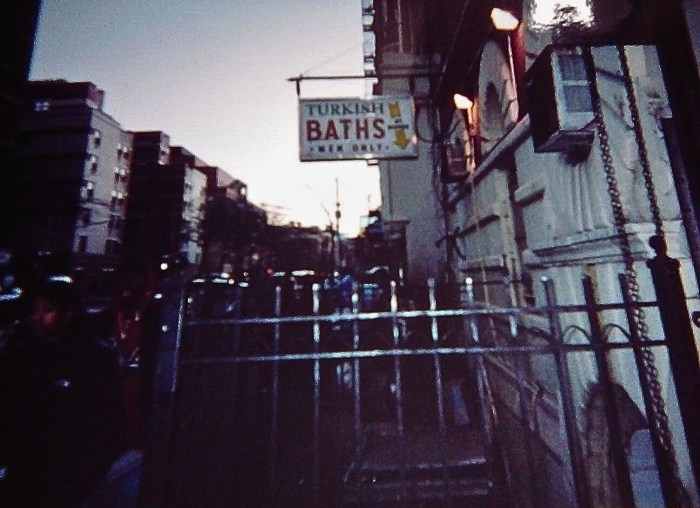The NYPD could close subway stations ahead of future heavy storms to keep riders out of flooding underground transit stops, after extreme weather inundated the system repeatedly this summer, a senior police official said Tuesday.
“We know which stations flood when they have an excess of rain,” said Chief of Operations Raymond Spinella during a City Council oversight hearing on Sept. 14. “We’ll either close those stations or we’ll have cops pre-staged at those particular locations where we experience historical flooding.”
Spinella spoke at a lengthy joint hearing by several City Council committees where agency leaders from the city and the MTA faced questioning by elected officials about flooding from the remnants of Hurricane Ida, which killed 13 New Yorkers, most of them stuck in basement apartments.
There were no reports of injuries in the mass transit system due to the storm.
The storm dropped a record-shattering 3.15 inches of rain on the Big Apple within one hour on the night of Sept. 1, and MTA had to shut down subway service on all lines and evacuated some 1,000 riders out of 17 stranded trains.
NYPD’s Emergency Service Unit got about 135 straphangers out of six subway trains that were stuck in tunnels, according to Spinella.
The transit agency’s senior vice president of subways, Demetrius Crichlow, said later on in the hearing that the agency tries to avoid station shutdowns to prevent stranding commuters.
NYPD has the authority to close stations on an emergency basis, as officers routinely do during criminal investigations, but any preemptive closures happen in collaboration with transit officials, according to MTA.
“In handling any incident, someone in the field has to report the condition and then a joint decision is made how best to handle the service for the station, the line, the corridor,” Crichlow said in a statement. “Closing a station requires a coordinated effort, both for customers entering the station as well as customers on board trains en route to the station. We embrace having more officers in the system.”
The deluge, described by Governor Kathy Hochul as “Niagara Falls-level of water,” infamously gushed out like a fountain through a manhole on the 28th Street Station platform.
It's almost comical to say it at this point, but doing nothing is so obviously not an option. Inaction will cost so much more than passing a Green New Deal, creating a climate-resilient and 21st century infrastructure, and ending our dependence on fossil fuels. pic.twitter.com/pfosPKJr6C
— Ryan Hickey (@ryanryan_hi) September 2, 2021
That high watermark broke a previous record set just more than a week earlier during Tropical Storm Henri, which forced MTA to reroute or suspend several subway stations due to the flooding.
The two storms were the latest in a soaking summer for the city and the subways this year. In July, heavy rainfall flooded stops uptown and in the Bronx, as seen in viral footage on social media showing riders wading through hip-high murky water at an uptown station.



